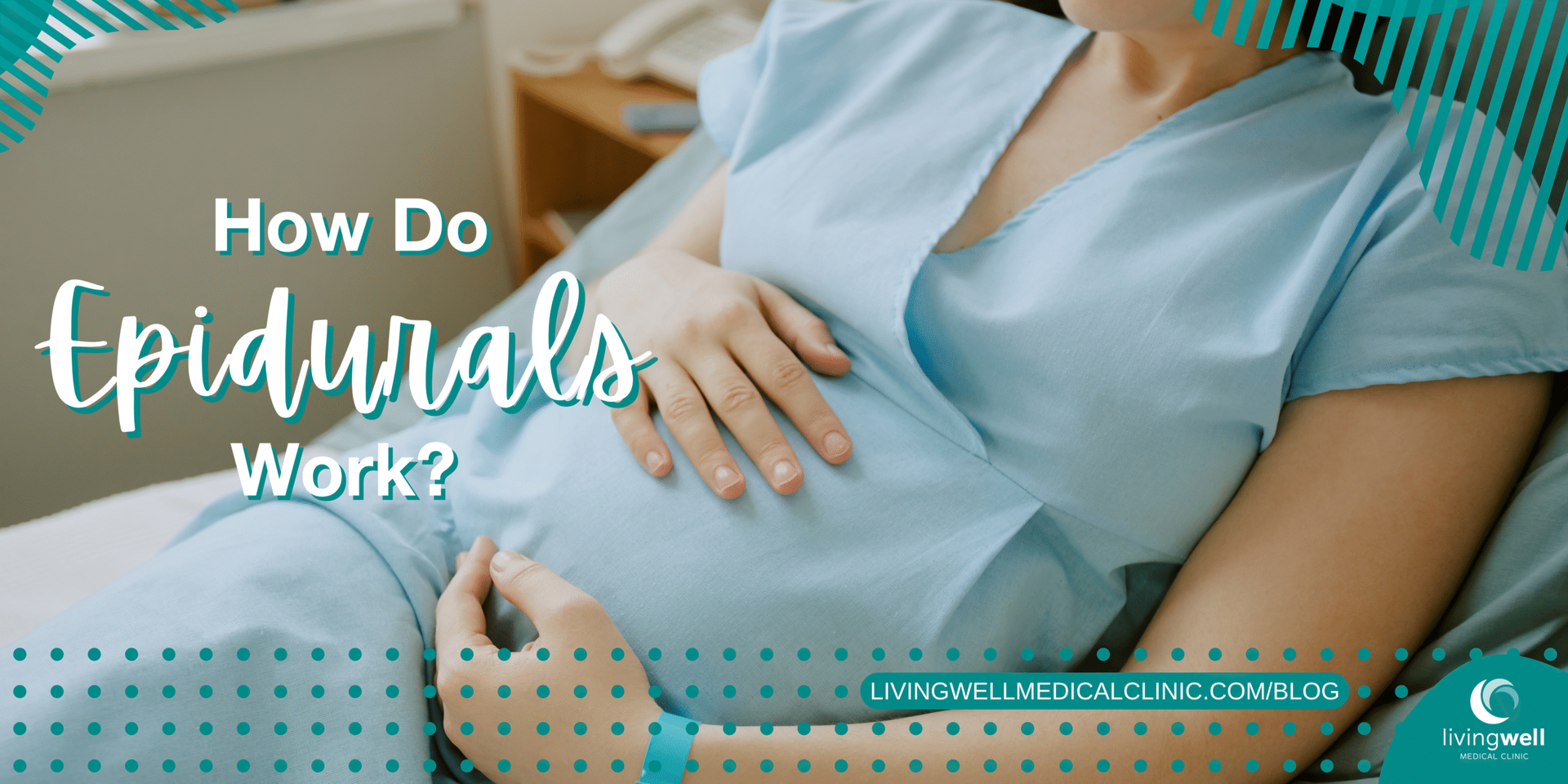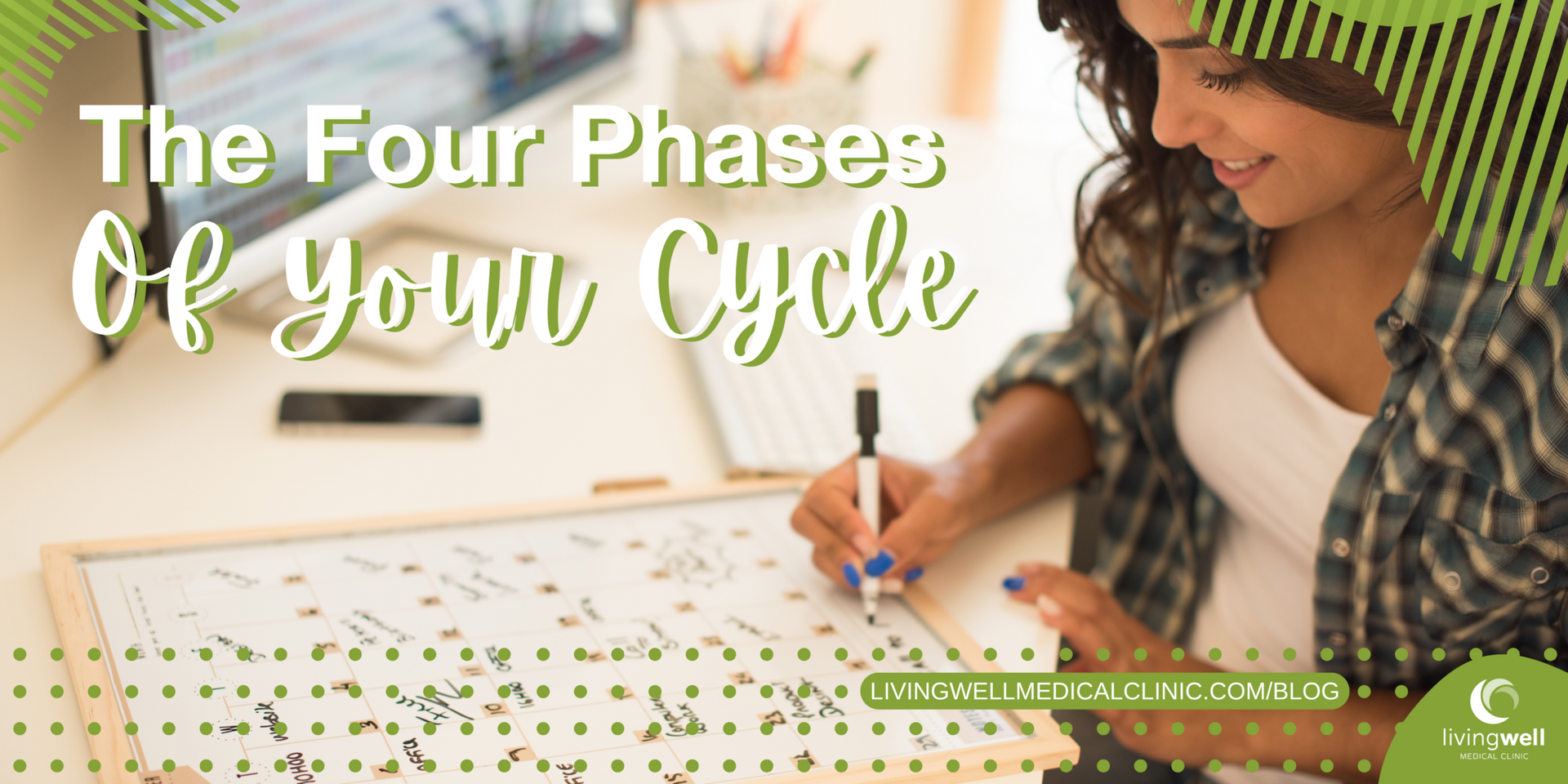Blogs
At LivingWell Medical Clinic, we offer a wealth of information through our insightful blogs, covering a range of important topics such as unexpected pregnancies, abortion, sexual health, and much more. Our goal is to provide compassionate, accurate, and empowering content to support individuals in making informed decisions and navigating their unique situations with confidence. Whether you’re seeking guidance, support, or simply looking to understand more, our blogs are here to help address the challenges you may face.










